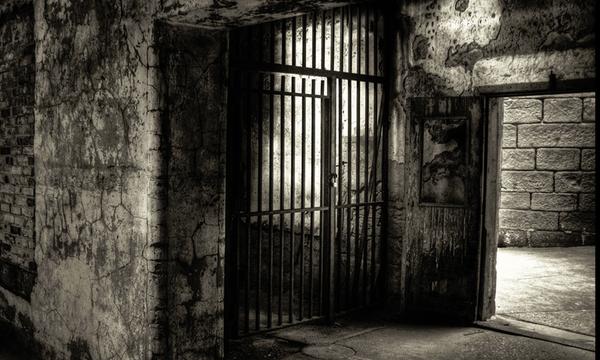Study Crime for Credit with a Penn State MOOC
A new MOOC from Penn State University, titled ‘Presumed Innocent? The Social Science of Wrongful Conviction’ is being offered via the Coursera platform, starting June 25, 2014 lasting six weeks.
A new MOOC from Penn State University, titled ‘Presumed Innocent? The Social Science of Wrongful Conviction‘ is being offered via the Coursera platform, starting June 25, 2014 lasting six weeks.
You can take the course for free, or apply for credit at Penn State University, where you will be given extra assignments and can receive 3 credits. You will need to pay tuition for those credits, but at a reduced tuition rate of $999 USD ($333 per credit–this is about 50-60% off of the standard tuition rate). If you are interested in applying for the for-credit option, you can see the requirements on this page with the required forms to fill out.
The topic of the MOOC is to examine the U.S. criminal justice system, by focusing on one extreme: when people who are convicted and jailed are later proven to be innocent. There have been many prominent cases of wrongful conviction, including the real-life case of Sam Sheppard, whose story was the inspiration for the great film with Harrison Ford and Tommy Lee Jones, The Fugitive.
The professor is Tim R. Robicheaux of the Department of Sociology and Criminal Justice. In speaking of the course, Tim says:
“Wrongful convictions are a serious social ill that, while relatively rare, can erode trust in the criminal justice system,” Robicheaux explained. “I feel like many people are aware that innocent men and women serve prison time because they read about it on the news or see it in a docudrama. It’s a topic that interests people, but it’s also one that can teach students quite a bit about social science and public policy.”
(Source: MOOC-for-credit explores social science of wrongful convictions)
If this course sounds appealing, sign up for the course and see if it might be of interest, either the free or paid credit version.
Header image based on “Prison Textures and Shadows” by Bob Jagendorf, CC-BY-2.0






